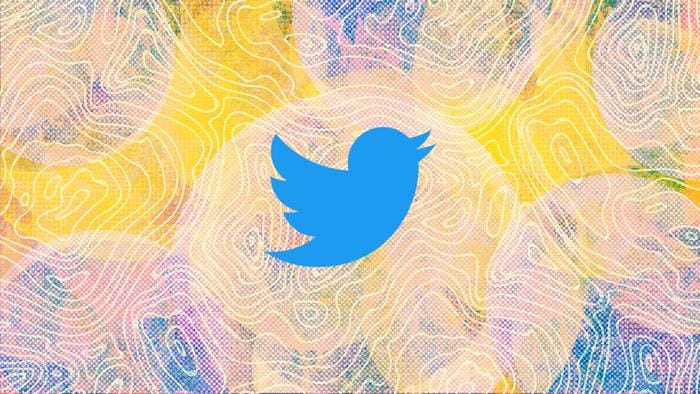Decentralizing Social Media: Learning from Twitter's Mistakes

In a recent interview with Mike Solana, Twitter co-founder and ex-CEO Jack Dorsey lamented his decision to build a brand advertising model into Twitter, which put the platform at the mercy of advertisers. As he unraveled this decision, we saw its origins further up the decision tree and its most costly consequences further down the tree.
In the social sciences, there is a concept called path dependence: past events constrain and inform the total available decision space in the present. For example, because the United States started as a representative democracy with checks and balances, it is very unlikely (due to institutional constraints) that it could transform into a monarchy or a dictatorship.
As we look at the development of social media in the web2 era, we can see that architectural and business decisions set the industry on a trajectory that we are still navigating our way out of. Because Twitter needed to grow fast in its early days (and because open protocols were not easily monetizable), Twitter built its own private, permissioned network for sharing short-form text.
After its early success, Twitter needed to IPO. It did so in 2013 by following in the footsteps of Facebook (who had IPO’d a year and a half earlier) and building a brand advertising business: “We needed a model. Facebook's model was really good. So we came up with an ad program and ran with it.”
Dorsey claims that because he chose to monetize Twitter with brand advertising, big brands became too influential in product development. Unlike Google’s direct response ads which have clearer success metrics (i.e. did the user click through and buy a product or not) and can therefore be managed through impartial bidding systems, brand advertising, especially on Twitter, requires a much deeper and higher-context relationship between the advertiser and the platform. Features like “promoted Trends and branded like animations are big budget projects that need to be sold via a salesforce: “Over 50 to 60% of Twitter employees were in sales. These are people talking to large brands all the time, and coming up with ideas which get built into the product.”
As a result of this business model, advertisers on Twitter gained undue influence over the product experience; Twitter started serving advertisers whims before user needs and before their own principles. Advertisers demanded moderation of certain accounts and threatened to pull their spend, which forced Twitter’s hand, creating a negative feedback loop of diminishing user experience.
If instead, Twitter had been built on an open protocol, users would have had ownership over their personal data and agency to move their attention between competing clients. Advertisers would be more limited in their ability to demand censorship on individual clients, because disruptions they caused to the user experience could cause migration to competing clients. Furthermore, an advertising model might not even be necessary because open protocols on crypto rails have monetization built in.
At Primitives, we are building open, decentralized, permissionless social graphs to return power back to end users and developers. A truly open world is our best shot at putting the internet on a trajectory that bends towards freedom.
“The future will be decentralized, or it won’t be free.” - Jack Dorsey
If you’re excited about this idea, sign up for early access to the Primitives Protocol.
